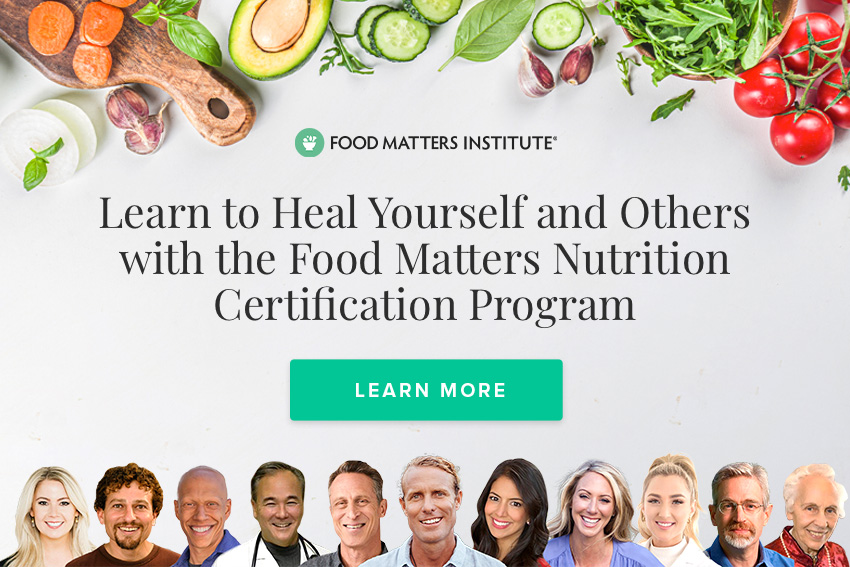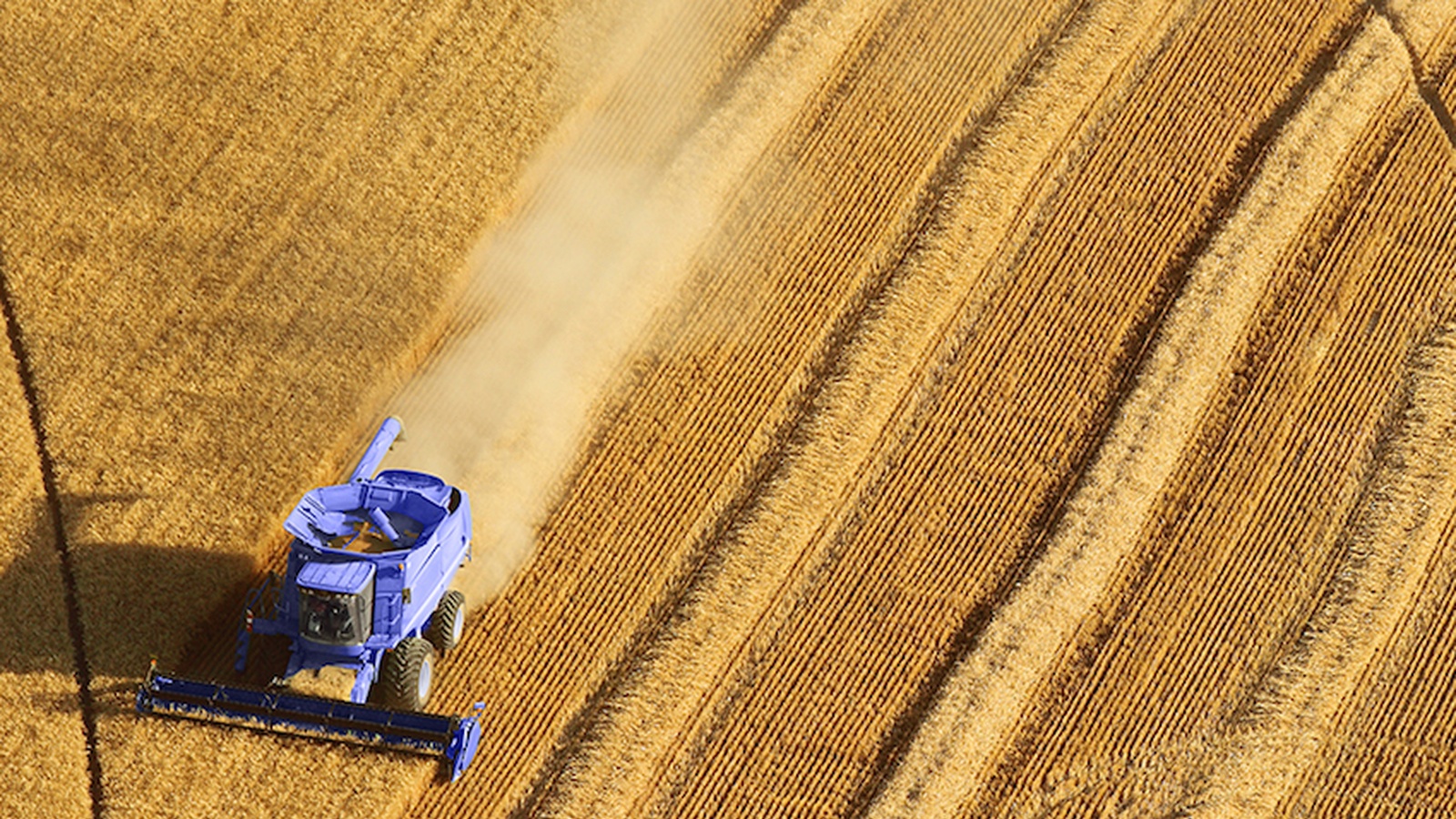Finding Your Way Through The Gluten-Free Maze
There are well over 50 autoimmune diseases linked to gluten. Why is this? Why is something that is so widely available SO toxic?
In the 1970’s, when wheat was hybridized, it went from a short, stumpy crop to a huge, tall crop which had the ability to yield a lot more than the natural form. This resulted in the wheat being mass produced, creating an extremely financially viable product.
Due to the change in wheat production, some people react more than others when they consume it. This depends on the integrity of their gut lining, gut flora, enzyme production and so on. Someone who has a mild reaction to wheat and continues to consume it may, over time, become more intolerant to other foods, as well as wheat.
This is why, when the tiniest amount of wheat or gluten enters the digestive tract, gliadin (a protein found in wheat) leads to the upregulation of zonulin, which opens up the ‘tight junctions’ in our gut lining, leading to increased gut permeability.
This happens to 100% of people, despite whether they have a diagnosed gluten intolerance or celiac disease.
In basic terms, the consumption of wheat leads to a ‘leaky gut’. When these tight junctions open, undigested food floats out into our system and immune reactions occur, leading to an array of symptoms including weight gain, headaches, migraines, joint pain, sinus issues and skin problems, which can then progress further to autoimmune diseases. These immune reactions can last up to three months, depending on the form of your reaction, your gut flora, if you have an autoimmune disease, and so on.
As a result of this, more people are choosing to follow a wheat-free diet.
Is there a simple solution to avoiding wheat?
You might be wondering if it’s simply a case of buying the same foods you love but a gluten-free version of them.
Not necessarily, as some gluten-free foods can still be ‘junk food’ as they can still contain additives and preservatives, colors, flavors, thickening agents, emulsifiers, and refined and hydrogenated vegetable oils which aren’t conducive to optimal health. There are many gluten-free versions of bread, muffins, crackers, pies, cakes, pancakes to pasta and waffles, so it’s an easy trap to fall into.
When there is a gluten-free logo on the package, it doesn’t necessarily mean that the food is 100% gluten-free. The same way ‘fat-free’ doesn’t actually mean the product is 100% fat-free. Mega food manufacturers use clever lawyers and loopholes in food manufacturing to produce ‘gluten-free’ products that still contain 20ppm (parts per million) of gluten.
Although 20ppm is a small amount, if one were to consume large amounts of gluten-free products daily, or every second or third day, such as: cereal and toast for breakfast, a muffin for morning tea, a sandwich for lunch, crackers for afternoon tea, pasta for dinner and a piece of gluten-free cake for dessert, they could be ingesting enough gluten to seriously impair the progress of their gluten-free diet. Even a very small amount of gluten can still have a huge impact on the body and cause systemic inflammation, among other things.
What about other grains. Can I still consume them?
If you are serious about improving your health and making some positive changes, then we do recommend avoiding all processed modern gluten, which contains grains that have been refined and highly sprayed.
These gluten-containing grains include: rye, barley, spelt, Kamut, farro, bulgar, durum, triticale, oats and semolina. We do realize that for many people, completely avoiding ALL grains is neither desirable nor practical, and it certainly may not be necessary for everyone.
Tips for eating healthy food on a gluten-free diet
- If you want to consume gluten-free grains, opt for properly prepared organic white rice, wild rice, millet, amaranth, buckwheat or quinoa. Soak your choice of grains in filtered water with a dash of apple cider vinegar and a pinch of Himalayan salt overnight. This will help to make the nutrients in the grains more available to the human body and reduce the phytates that can bind to minerals in the body.
- If you do purchase something in a package, make sure you read the ingredients list and choose the product with the shortest list of ‘real’ ingredients. Whenever possible, use vegetables in place of grains. Vegetables are packed with nutrients and minerals that are easily absorbed into our bodies. Instead of using a gluten-free tortilla, make a wrap out of either nori or rice paper sheets, or large spinach, collard green, or cabbage leaves. The individual leaves can be blanched to take on a softer texture so they are more pliable!
- Another good option is coconut flour or vegetable based wraps such as ‘Cauliflower Wraps‘.
- Choose pasta that is made from gluten-free grains such as rice, quinoa, millet, beans or even seaweed, such as kelp noodles – or simply make your own “noodles” out of spaghetti squash and/ or carrot, sweet potato or zucchini using a spiralizer.
- Make pizza crust from vegetables. Cauliflower, cheese and eggs blended together make a great dough for pizza that’s packed with nutrients. Cauliflower also can be blended up in a food processor into ‘rice’ that you can easily sauté for a few minutes to make the perfect rice substitute. Get creative in the kitchen and use different gluten and grain-free flours such as: coconut flour, almond, hazelnut or sunflower seed meals. You can also buy a banana, plantain or cassava flour. There is also buckwheat, quinoa or chickpea flour available, too. Sometimes these can be mixed with a bit of tapioca or arrowroot flour to create a better texture in certain baked goods.
- There are many gluten-free bread recipes online or in recipe books. Here are a few of our favorite recipes - Paleo Almond Bread and Zucchini & Coconut Bread. If you can’t bake your own gluten-free bread, seek out store bought bread that is made from nutrient-rich, gluten-free flours or grains. ‘Grainer – smart food, no grains’ is an Australian company that provides beautiful gluten-free paleo bread made from 100% real food.
- Instead of choosing store-bought, refined crackers, make them yourself. For snacks choose ingredients like seeds, nuts, dates, dried coconut, Inca inchi seeds, paleo jerky, homemade jelly, chia pudding, Panna Cotta, homemade chocolate, gummies, organic popcorn, a smoothie, a piece of fruit or a chunk of cheese (if tolerated).
- Last but not least… eat more fresh produce! Fruits, vegetables, salad greens, eggs, seafood and fresh quality meats are all naturally gluten-free, so don’t be afraid to try new ones every week until you find your favorites.
When it’s done right, a gluten-free lifestyle doesn’t have to be rigid, overly restrictive, or isolating; it can actually be easy and delicious. Remember to seek out naturally gluten-free foods, and continue to test substitute recipes and ingredients until you find the perfect balance for you. Food is such a personal choice, as only you know what tastes good and feels right for your individual body.
What is your favorite gluten-free recipe? Please share in the comments below and help others.
Do you have a passion for nutrition & natural healing?. Learn more about the Food Matters Nutrition Certification Program here.


